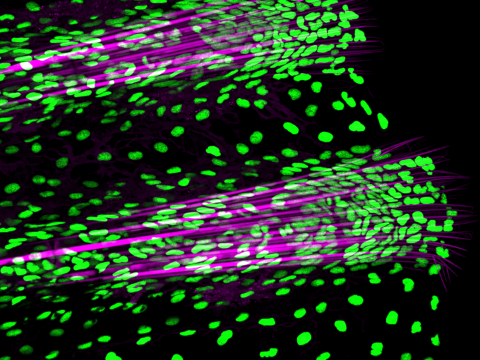
Share the Art of your Discovery
Research Revealed is a photo competition for University of Oregon undergraduates involved in research and creative scholarship.
Research Revealed is sponsored by the Office of the Vice President for Research and Innovation and the Undergraduate Research Opportunity Program.
Past Winners
These three winners received monetary prizes and were featured at last year's Undergraduate Research Symposium.
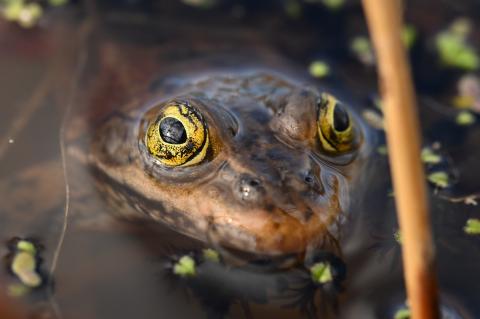
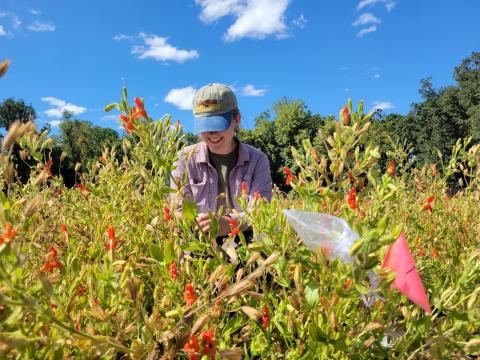
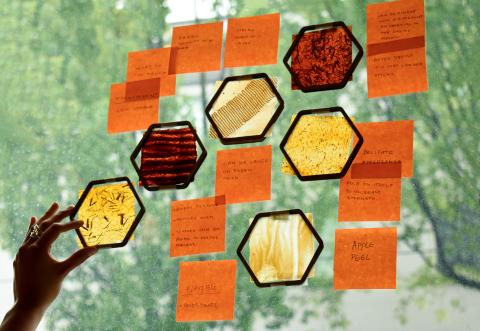
Competition Details
Important Dates
- Contest opens March 31, 2025 (first day of spring term).
- Contest closes
April 26, 2025. Deadline extended to May 3, 2025. - Entrants will be notified by May 9, 2025.
- Award winning photos will be displayed at Undergraduate Research Symposium on May 22, 2025.
Eligibility
The competition is open to all currently enrolled undergraduates at the University of Oregon.
Evaluation Criteria
Submissions may depict the subject of your research or capture the process of doing research. Entries will be judged on the following criteria:
- Aesthetic appeal.
- Creativity, composition, and visual impact.
- Conciseness and clarity of the written description of the image.
Prizes
- First place: $250
- Second place: $150
- Third place: $100
University fiscal policy requires that monetary awards in excess of $50 are reported as taxable income to the recipient.
Submission Guidelines
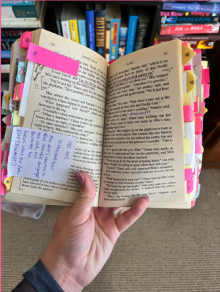
- Size: Files must be no larger than 30 MB
- Minimum resolution: 300 dpi, vertical or horizontal orientations are accepted
- Image format: .jpg, .png., or .tif
- Description of image (maximum 150 words): The submission should include a description of what the person in the photo is doing if the image is a portrait of someone conducting research, or a description of what’s occurring in the photo if the image is of a research subject itself. The description should be written so that someone who is not a researcher in your field can understand what is occurring in the photo.
- If submitted image is a portrait of someone conducting research, a model release form must be completed for that person.
- Images containing human research subjects MUST have PI approval before submission.
- No imagery of vertebrate research animals will be accepted.
- Photos may be edited to a reasonable degree (basic editing of color, contrast, brightness, etc.). Drastic alterations (e.g., addition or removal of significant portions of the photo using editing software, etc.) are generally discouraged.
- No AI-generated images will be accepted.
- Submissions must be original, unpublished work and must be created by the student submitting the image. See this UO Libraries page on copyright.
- By submitting an image to this contest, the students release usage rights to the Office of the Vice President for Research and Innovation.
Submission Portal
Use the submission form to complete your entry by April 26 at 11:59 p.m.
